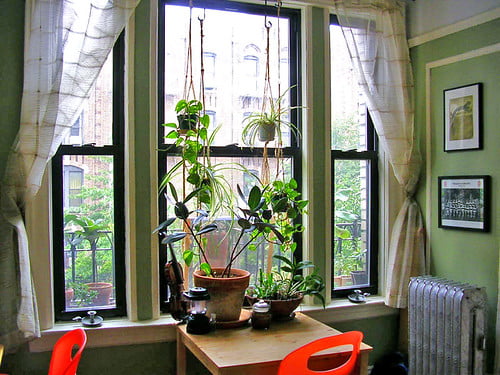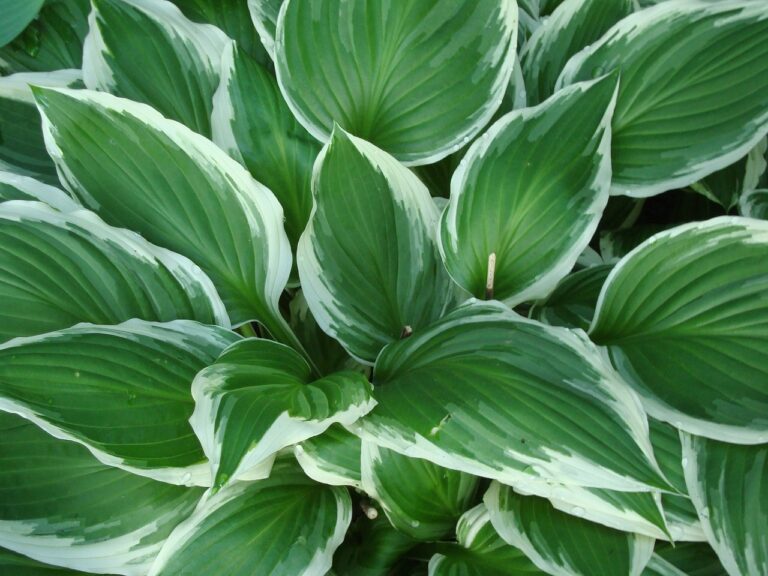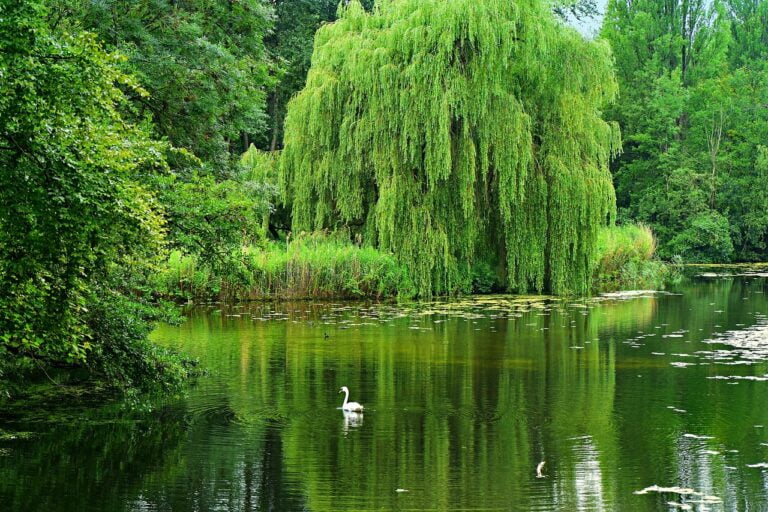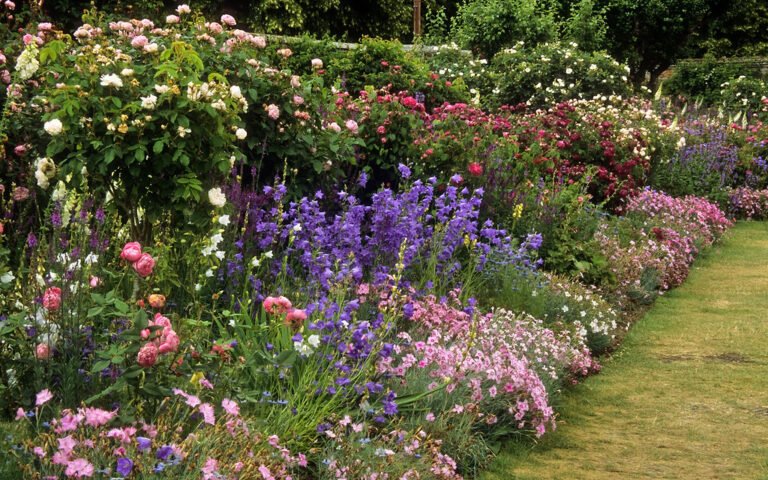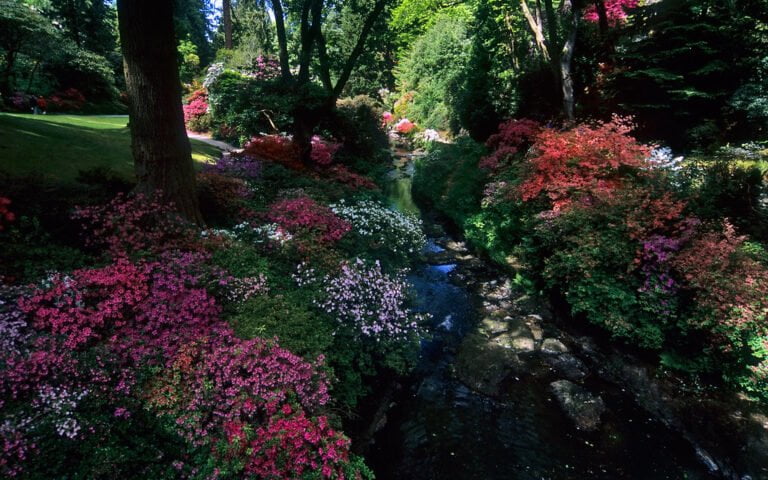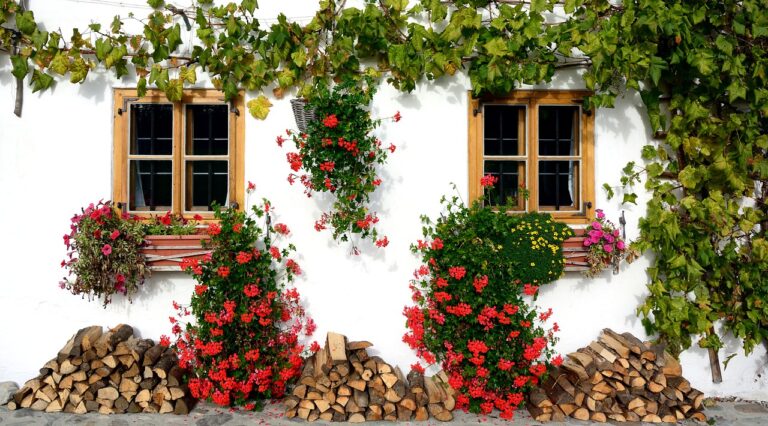Choosing the Best Vines for Shade: A Comprehensive Guide
Looking to add some greenery to your shady garden? Look no further! This comprehensive guide will help you choose the best vines for shade. Whether you're looking for fast-growing coverage, a pleasant fragrance, or eco-friendly options, we've got you covered. We'll also share tips for successful planting, ensuring your shade garden thrives. So grab your gardening gloves and get ready to transform your shady space into a lush oasis!
Understanding Shade Gardening Basics
To understand shade gardening basics, you need to learn how to effectively cultivate plants in areas with limited sunlight. Shade gardening can be a challenging but rewarding endeavor. The first step is to identify the level of shade in your garden. There are different types of shade, from full shade where no direct sunlight reaches the plants, to partial shade where some sunlight filters through the canopy. Once you know the level of shade, you can select plants that are suitable for those conditions. Shade-loving plants like hostas, ferns, and impatiens thrive in areas with limited sunlight. It is also important to consider the soil moisture and drainage in your garden, as shade can sometimes lead to damp conditions. By understanding these basics, you can create a beautiful and thriving shade garden.
Assessing Your Shade Needs
Are you unsure about the specific shade requirements of the vines you want to plant in your garden? Assessing your shade needs is an important step in choosing the best vines for your space. Start by evaluating the amount of shade in your garden throughout the day. Determine if you have full shade, partial shade, or dappled shade. Full shade means no direct sunlight, while partial shade receives a few hours of direct sunlight each day. Dappled shade refers to areas where sunlight filters through trees or structures. Next, consider the soil moisture in the shaded area. Some vines prefer well-drained soil, while others can tolerate moist soil. By assessing your shade needs and understanding the conditions in your garden, you can select vines that will thrive and add beauty to your shaded space.
Factors to Consider When Choosing Vines
What factors should you consider when choosing vines for your shaded garden? When selecting vines for shade, there are several important factors to keep in mind. First, consider the amount of shade your garden receives. Some vines thrive in partial shade, while others prefer full shade. Next, think about the type of support the vines will need. Some vines, like clematis, require a trellis or fence for support, while others, like ivy, can cling to surfaces on their own. Additionally, consider the growth habit of the vine. Some vines grow quickly and may require regular pruning, while others have a more controlled growth pattern. Lastly, think about the overall aesthetic you desire for your garden. Choose vines that complement the existing landscape and contribute to the desired ambiance. By considering these factors, you can select the best vines for your shaded garden and create a beautiful and thriving space.
Popular Vines for Partial Shade
When selecting vines for partial shade, consider the specific light requirements and adaptability of the vine species. Popular vines that thrive in partial shade include the Clematis, which produces beautiful flowers in a variety of colors and can grow in both sun and shade. Another option is the Virginia Creeper, a fast-growing vine that can tolerate a wide range of light conditions and provides stunning fall foliage. If you're looking for a vine that adds fragrance to your garden, consider the Honeysuckle. It attracts hummingbirds and butterflies with its sweet-scented flowers and can tolerate partial shade. The Trumpet Vine is another great choice, known for its vibrant orange or red trumpet-shaped flowers that attract hummingbirds. Lastly, the Climbing Hydrangea is a versatile vine that can grow in partial shade and produces large clusters of white flowers, adding a touch of elegance to your garden.
Fast-Growing Vines for Quick Coverage
To continue expanding the options for shade-loving vines, let's explore fast-growing varieties that provide quick coverage. When you need to create shade in your garden or cover an unsightly area, fast-growing vines are the perfect solution. One excellent option is the climbing hydrangea (Hydrangea anomala petiolaris), which can grow up to 60 feet in just a few years. Another great choice is the trumpet vine (Campsis radicans), known for its rapid growth and beautiful orange-red flowers. If you're looking for a vine that can quickly cover a large area, consider the Virginia creeper (Parthenocissus quinquefolia), which can reach heights of 30 feet in just a few seasons. Lastly, the hops vine (Humulus lupulus) is not only fast-growing but also provides a lush, green backdrop. With these fast-growing vines, you'll have quick coverage and shade in no time.
Low-Maintenance Vines for Shade
For low-maintenance vines that provide shade, consider incorporating varieties that require little upkeep and still offer a cool and comfortable environment. When it comes to low-maintenance options, the first vine that comes to mind is the Boston Ivy (Parthenocissus tricuspidata). This vine is known for its ability to thrive in shady areas and requires minimal care. Another great option is the Virginia Creeper (Parthenocissus quinquefolia), which is not only low-maintenance but also fast-growing, providing quick coverage. If you're looking for a flowering vine, the Carolina Jessamine (Gelsemium sempervirens) is a low-maintenance choice that offers beautiful yellow blooms. Lastly, the Climbing Hydrangea (Hydrangea anomala petiolaris) is a self-supporting vine that requires little pruning and offers lovely white flowers. These low-maintenance vines will provide shade without demanding excessive attention, allowing you to enjoy a relaxing outdoor space with ease.
Fragrant Vines for a Pleasant Atmosphere
If you want to create a pleasant atmosphere with fragrant vines, incorporating varieties that emit delightful scents can enhance your outdoor space. There are several fragrant vines to choose from that can add a touch of aroma to your garden or patio. One popular choice is the Jasmine vine, known for its sweet and intoxicating scent. Another option is the Honeysuckle vine, which produces a lovely fragrance that attracts butterflies and hummingbirds. If you're looking for a vine with a strong, spicy scent, consider the Trumpet vine. For a more subtle scent, the Clematis vine offers a delicate fragrance that is perfect for a romantic setting. Whichever fragrant vine you choose, be sure to plant them in an area where their scent can be enjoyed, such as near a seating area or entrance to your garden.
Native Vines for Ecosystem Benefits
Native vines provide essential ecosystem benefits and should be incorporated into your outdoor space regularly. These vines are not only beautiful additions to your landscape but also play a crucial role in supporting local wildlife and improving the overall health of the ecosystem. Native vines attract pollinators such as bees, butterflies, and hummingbirds, helping to ensure the reproduction of plants and the production of fruits and seeds. They also provide food and shelter for many species of birds and insects, contributing to biodiversity. Additionally, native vines help control erosion by stabilizing the soil with their extensive root systems. By choosing native vines for your outdoor space, you are actively contributing to the preservation and restoration of your local ecosystem.
Vines for Vertical Gardening in Shade
Incorporate vines for vertical gardening in shade to maximize the use of your outdoor space and create a lush, green oasis. When choosing vines for vertical gardening in shade, it is important to consider their growth habit, adaptability to shade, and maintenance requirements. Some popular options for shade-loving vines include English ivy, climbing hydrangea, and Virginia creeper. English ivy is known for its ability to grow in shady areas and can be trained to climb walls or fences. Climbing hydrangea is a versatile vine that thrives in shade and produces beautiful, fragrant flowers. Virginia creeper is a fast-growing vine that can provide dense coverage and turn vibrant shades of red in the fall. Remember to provide adequate support for your vines and regularly prune them to maintain their shape and prevent overgrowth. With the right selection and care, your vertical garden in shade will thrive and add beauty to your outdoor space.
Tips for Successful Shade Vine Planting
When choosing vines for shade, it's important to follow these tips for successful planting. First, consider the specific shade conditions in your garden. Some vines thrive in partial shade, while others prefer full shade. Next, choose a vine that is well-suited to your climate and region. Native plants are often a good choice as they are adapted to local conditions. Before planting, prepare the soil by adding organic matter to improve drainage and fertility. When planting the vine, ensure that it has enough space to grow and spread. Provide support, such as a trellis or fence, for the vine to climb on. Finally, water the vine regularly, especially during dry spells, and mulch around the base to conserve moisture. By following these tips, you can ensure successful shade vine planting and enjoy a beautiful, thriving garden.
Conclusion
In conclusion, when choosing vines for shade, it is important to consider your specific shade needs and the factors that will contribute to successful growth. Popular vines for partial shade, fast-growing vines for quick coverage, fragrant vines for a pleasant atmosphere, and native vines for ecosystem benefits are all excellent options to explore. Additionally, vertical gardening in shade can be achieved with the right vines. By following these tips, you can ensure successful planting and create a beautiful shaded garden.

